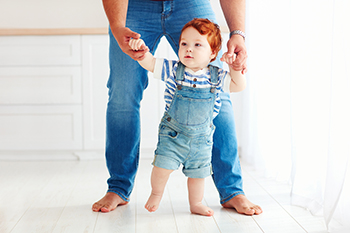
 There is a condition that is called sweaty sock syndrome, which is also known as juvenile plantar dermatosis. It affects the bottoms of the feet and the heels of young teenagers and children. The skin of the feet may become red, dry, tight, and scaly. Relief may be found by wearing shoes that are made of breathable materials. It can also help to apply moisturizer to the feet at night. Existing medical conditions such as eczema may lead to sweaty sock syndrome. If your child has symptoms of this condition, it is suggested that you speak with a podiatrist who can determine what the best course of treatment is for your child.
There is a condition that is called sweaty sock syndrome, which is also known as juvenile plantar dermatosis. It affects the bottoms of the feet and the heels of young teenagers and children. The skin of the feet may become red, dry, tight, and scaly. Relief may be found by wearing shoes that are made of breathable materials. It can also help to apply moisturizer to the feet at night. Existing medical conditions such as eczema may lead to sweaty sock syndrome. If your child has symptoms of this condition, it is suggested that you speak with a podiatrist who can determine what the best course of treatment is for your child.
The health of a child’s feet is vital to their overall well-being. If you have any questions regarding foot health, contact Massimo Pietrantoni, DPM of Rochester Podiatry, LLP. Our doctor can provide the care you need to keep you pain-free and on your feet.
Tips for Keeping Children's Feet Healthy
If you have any questions, please feel free to contact one of our offices located in Brighton and Greece of Rochester, NY . We offer the newest diagnostic and treatment technologies for all your foot care needs.